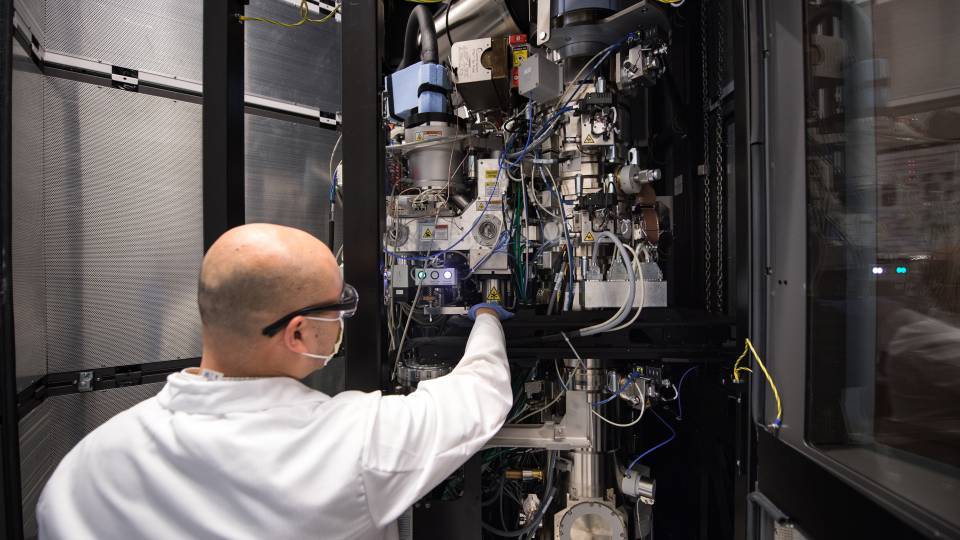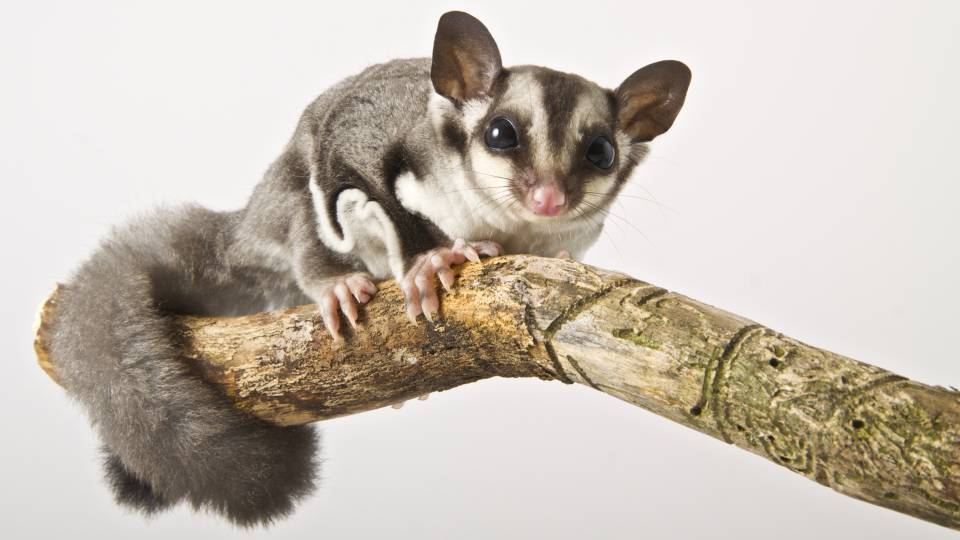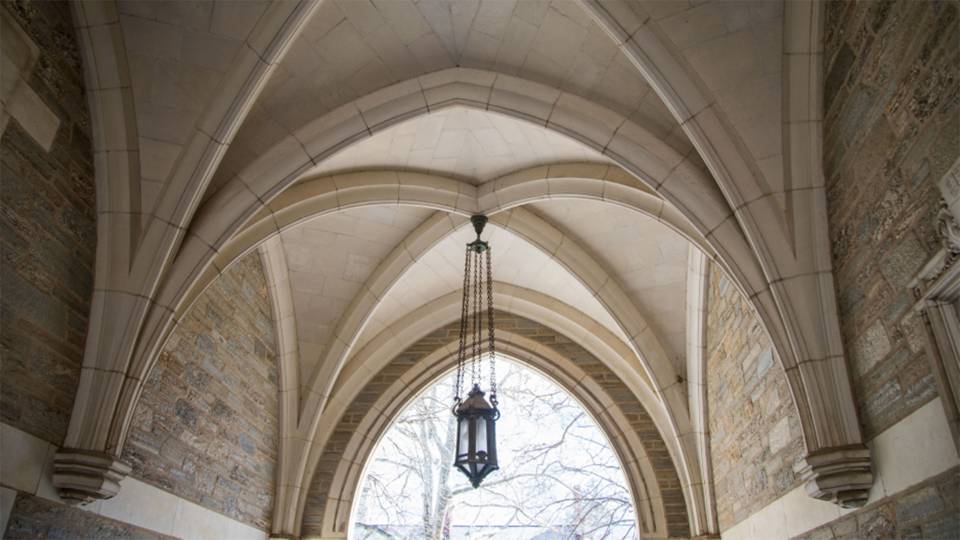Several projects that push the boundaries of knowledge and have high potential for impact have been awarded support through Princeton's Dean for Research Innovation Fund.
The funding makes possible explorations in the natural sciences and social sciences, collaborations with industry, and collaborations between artists and scientists or engineers. Several of the projects have the potential for direct benefits to human health while others explore themes in history and the arts. The projects were chosen by faculty-led committees based on the quality, originality and potential of the research.
"Princeton faculty are pioneers across the range of human inquiry, and these innovation funds enable our researchers and their teams to explore paths that they might not otherwise take," said Dean for Research Pablo Debenedetti, the Class of 1950 Professor in Engineering and Applied Science and professor of chemical and biological engineering. "Through this funding program, the University shows support for the innovation mindset that leads to truly profound advances and can also lead to societal benefits."

A project to study antimicrobial agents found in the pouches of marsupials such as this sugar glider is one of three to be awarded Dean for Research Innovation Funds for New Ideas in the Natural Sciences.
New ideas in the natural sciences
The fund supports the exploration of new concepts that require additional study or experiments before they are ready to become the basis of a competitive proposal to a funding agency.
Finding novel antimicrobials by studying marsupials
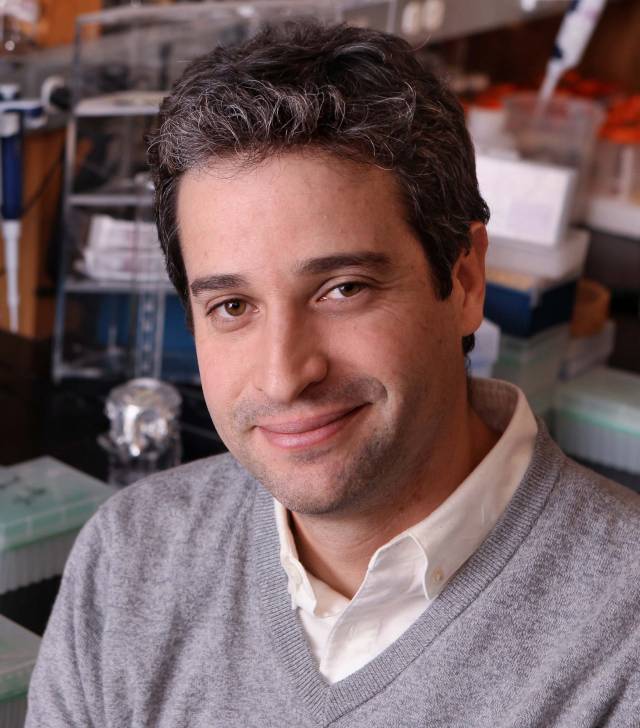
Ricardo Mallarino
Ricardo Mallarino, assistant professor of molecular biology, will study the naturally occurring antimicrobial agents that marsupials — which carry their offspring to term in an external pouch — employ to kill toxic microbes. Marsupials are born without a working immune system and rely for survival entirely on factors secreted by glands found in the pouch or transferred through maternal milk. The researchers will explore the genetic sequences of these molecules, known as antimicrobial peptides, to discover how the genes have evolved over time in ways that contribute to their efficacy against microbes, with the eventual goal of understanding natural defense mechanisms and informing the design of new antimicrobial drugs.

Charles Fefferman and Amit Singer
Boosting the ability to study molecules in motion
Amit Singer, professor of mathematics and the Program in Applied and Computational Mathematics, and Charles Fefferman, the Herbert E. Jones, Jr. '43 University Professor of Mathematics, will develop algorithms to enhance the capability of a powerful microscope to capture images of protein structures as they move and change shape. The team will adapt mathematical approaches for use with cryogenic electron microscopy (cryo-EM) to take pictures of not just fixed molecules but also ones that are flexing and morphing into differing shapes, as happens for example when a drug molecule interacts with its target receptor.

Lisa Boulanger
Lowering barriers to gene therapy for the brain
Lisa Boulanger, associate professor of neuroscience, will conduct research to improve the safety and efficacy of viruses that are used for gene therapy to treat nervous system disorders including spinal motor atrophy and certain kinds of blindness. The most commonly used viruses are forms of adeno-associated virus, or AAV, in which the viral genes were removed and replaced with therapeutic genes. Boulanger found that these viruses can unexpectedly change the structure of circuits in the brain, changes that are associated with increased exploratory behavior in mice. She and her team will determine how AAV alters neural circuits, screen for approaches to prevent these changes, and facilitate gene therapy in the nervous system.
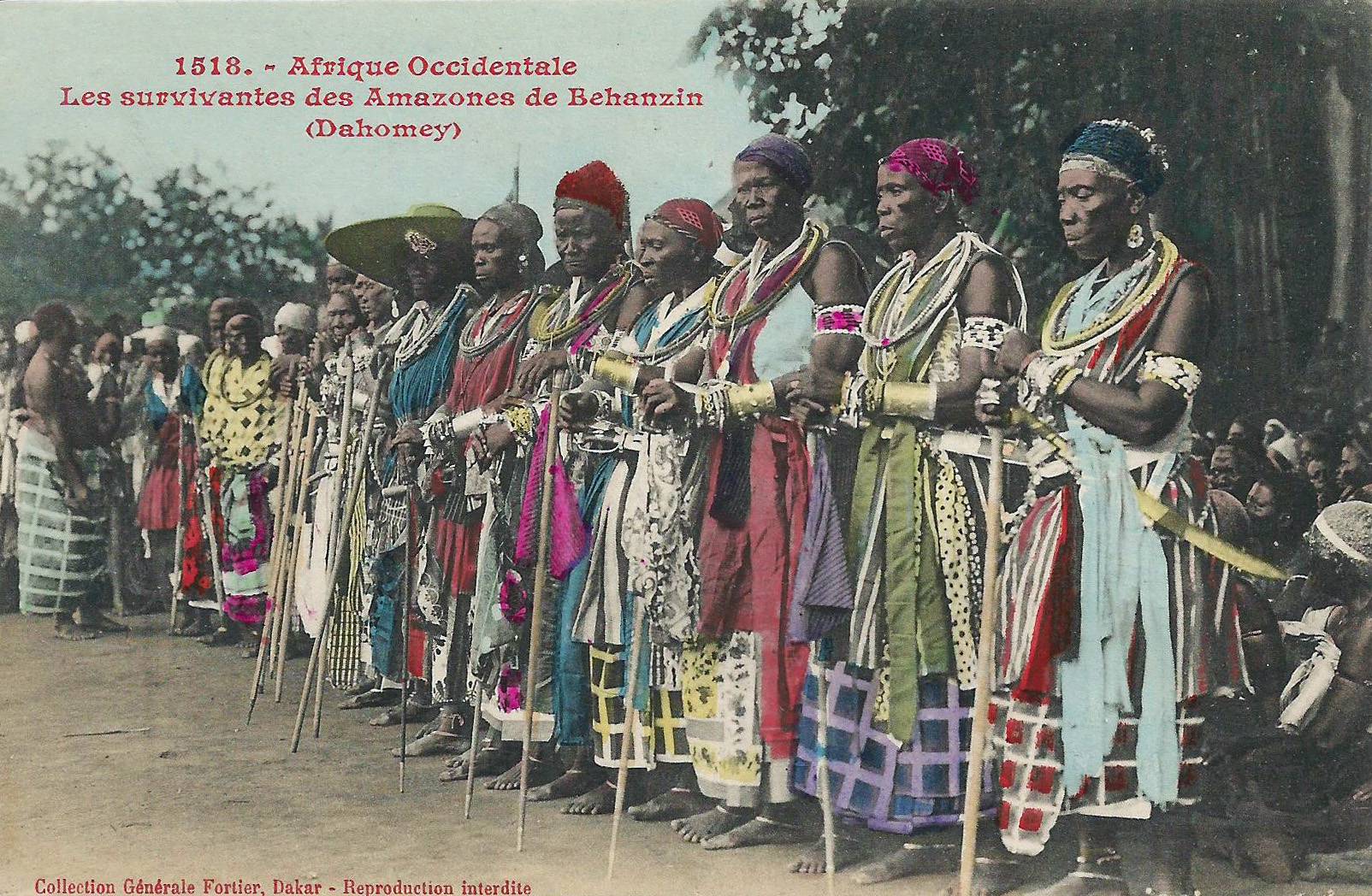
The use of individual-level historical data for studies of long-term impacts of history, including precolonial and colonial societies in Africa, is the focus of a new projected awarded the Dean for Research Innovation Fund for New Ideas in the Social Sciences.
New ideas in the social sciences
This fund encourages scholarship on new and enduring questions. The selected projects are ones that will result in the advancement of a discipline through the development of new directions, working groups, conferences, technologies, or expanded access to research resources, or lead to a major piece of scholarly work.
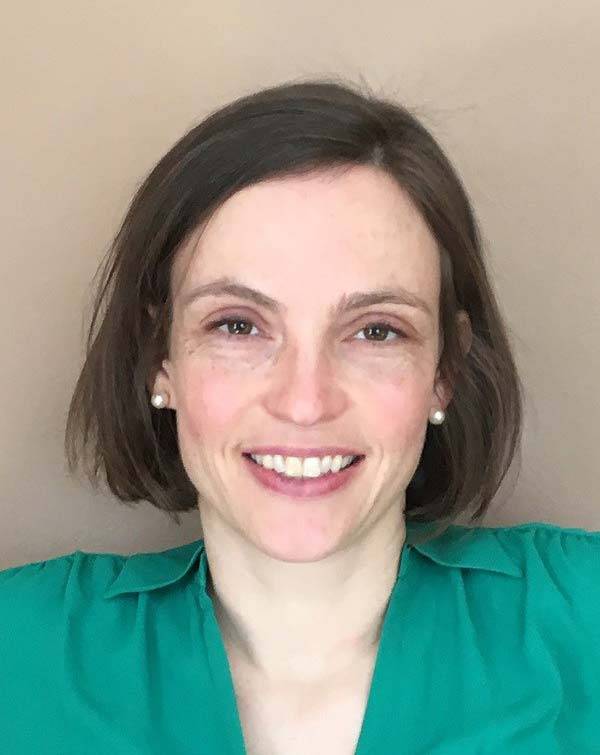
Katja Guenther
Resilience: A psychological and ecological history
Katja Guenther, associate professor of history, will explore the concept of resilience, which has emerged over the last few decades as one of the most prized traits of the modern age, the key to the future success of our businesses, financial systems, cities, the environment, and even humanity. Guenther will trace the history of the concept across a range of disciplines ranging from psychology to ecology while incorporating environmental humanities, the history of science and the study of systems. In examining the way resilience has been used in the past, she will trace its ethical ramifications, its translations into policy, and its future implications.

Leonard Wantchekon
Social histories: Applying statistical methods to understand the past
Leonard Wantchekon, professor of politics and international affairs, will lead a team of undergraduate and graduate students from Princeton University as well as researchers from the African School of Economics and the Universidad de los Andes to explore how to rigorously collect individual-level historical data for studies of long-term impacts of historical events. Through studies of precolonial and colonial societies in Africa and the Americas, Wantchekon will develop a novel approach that combines econometrics and advanced statistical methods with more traditional historical and social research techniques to pioneer the emerging field of historical applied microeconometrics.
Industrial collaborations
This fund supports research collaborations that address societal challenges of interest both to industry and to academic scientists and engineers. Industry often plays an essential role in bringing the innovations of University researchers to fruition and making them available to society at large. The program requires an agreement from the industry collaborator to provide matching funds in the second year of the project.

Gerard Wysocki
Time-resolved breath oxygen monitor for critical care
Gerard Wysocki, associate professor of electrical engineering, and his team will develop a highly sensitive laser-based sensor in collaboration with Hamamatsu Photonics, a leading instrumentation company. During critical care of patients in respiratory distress, measuring the consumption of oxygen in the breath can provide important information about the patient's health. The resulting prototype, capable of detecting not only oxygen concentration but the types (or isotopes) of oxygen, will be evaluated by collaborators in a hospital setting.
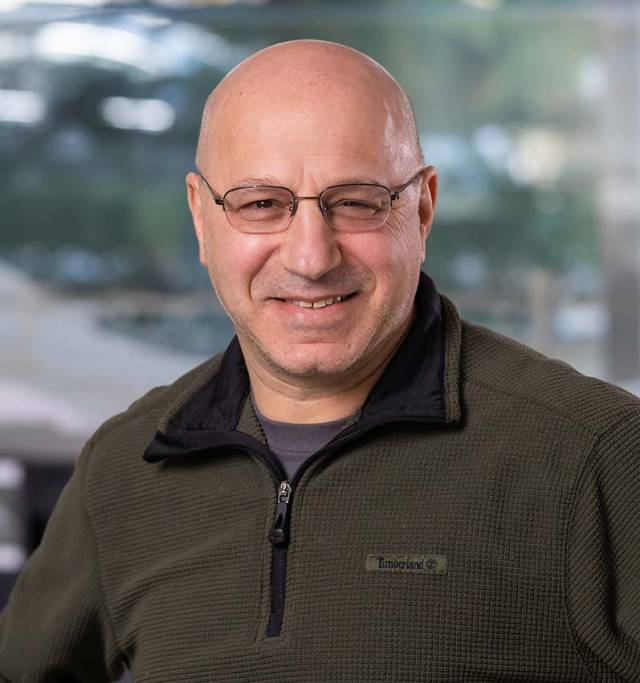
Howard Stone
Novel nanostructured complex fluids for biofilm removal
Howard Stone, Princeton's Donald R. Dixon '69 and Elizabeth W. Dixon Professor of Mechanical and Aerospace Engineering, will team with Princeton, NJ, medical device firm NovaFlux Inc. to explore the ability of a new cleaning fluid composed of nano-sized fibers and micro-sized particles suspended in a liquid. Stone and colleagues at NovaFlux will explore the fluid's ability to remove bacterial coatings, or biofilms, which form on surfaces such as medical tubing and devices. The fluid can also be used to remove a broad range of pathogens including bacteria, spores and viruses.

Left: Dancer Cori Kresge in photo by Sigrid Adriaenssens. Right: Cori Kresge in net, with dancer Chris Ralph standing in background.
Research collaborations between artists and scientists or engineers
This fund encourages collaborations between faculty scholars in the arts and those in the natural sciences or engineering to promote synergistic innovations, allowing experts in seemingly unrelated fields to unify and expand their respective knowledge in ways that benefit both disciplines.

Sigrid Adriaenssens and Rebecca Lazier
NODES-Net tOpology and Dance Exploration Systems
Combining dance and structural engineering, Rebecca Lazier, senior lecturer in dance in the Lewis Center for the Arts, and Sigrid Adriaenssens, associate professor of civil and environmental engineering, will collaborate on a new project involving the movements of dancers as a strategy to explore nets as resilient building facades and impact barriers. Nets are attractive for uses that require flexibility to withstand waves, winds and earthquakes, but they stiffen with usage, making for potentially disastrous outcomes. This project aims to create choreographic works that generate a new understanding of how nets turn rigid when loaded and soften when unloaded. At the same time, dancers will explore the interaction between net and human. The net will be a full collaborative partner in the dance rather than a setting or a prop, enabling creativity that moves beyond how people have used nets previously.
The project involves first designing and fabricating different types of nets and then hosting intensive research sessions with dancers in Princeton's Lewis Center for the Arts. The team will experiment with choreography and collect movement in a digital framework gathered from reflective beads mounted on the nets. The project will include collaboration with Adam Finkelstein, professor of computer science, to transform these data into insights on net structure and properties. The project will include a public performance.
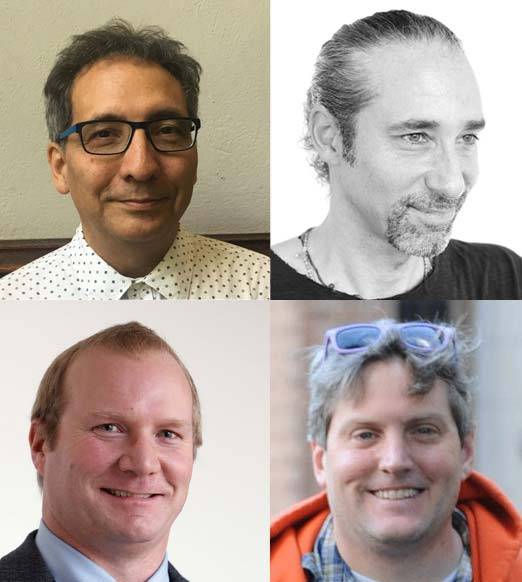
Clockwise from top left: Eduardo Cadava, Fazal Sheikh, Mark Zondlo and John Higgins.
Exposure
A team of artists, scientists and engineers led by Eduardo Cadava, professor of English, John Higgins, associate professor of geosciences, and Mark Zondlo, associate professor of civil and environmental engineering, will embark on a field measurement and outreach project centered on environmental justice issues in the Red Rock Wilderness surrounding Bears Ears and Grand Staircase-Escalante National Monuments in southern Utah. The project, which builds on work by artist and photographer Fazal Sheikh, the 2018-19 Barron Visiting Professor in the Environment and the Humanities and current artist-in-residence at the Princeton Environmental Institute (PEI), will document the effects of extractive industries such as mining on public and Native lands. Expected outcomes include collaborations with indigenous communities and native engineers and scientists, methane and water testing, geological research, an interactive mapping system and website, and online syllabi. The project will contribute to an exhibition at the Smart Art Museum and the Yale University Gallery of Art.
The team includes Michael Celia, the Theodora Shelton Pitney Professor of Environmental Studies and professor of civil and environmental engineering and director of PEI; Peter Jaffe, the William L. Knapp '47 Professor of Civil Engineering and professor of civil and environmental engineering; Zia Mian, research scientist at Princeton's Woodrow Wilson School of Public and International Affairs and co-director of the Program on Science and Global Security; and Emily Wild, Princeton's chemistry, geosciences and environmental studies librarian.
